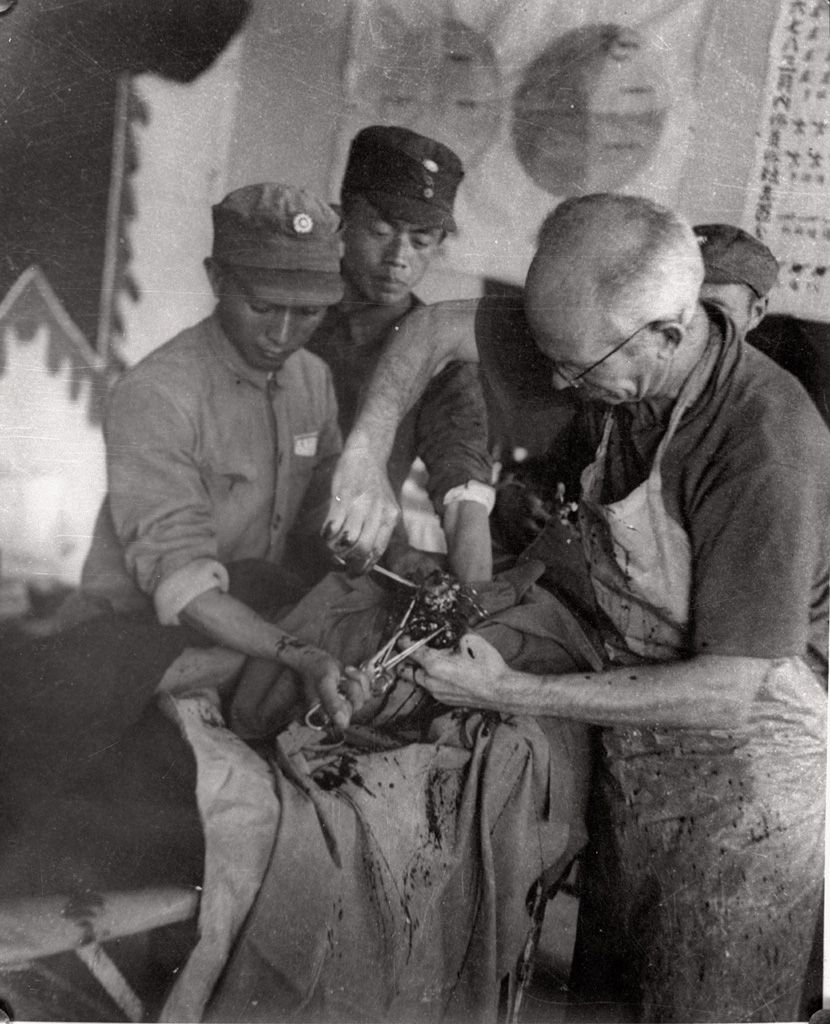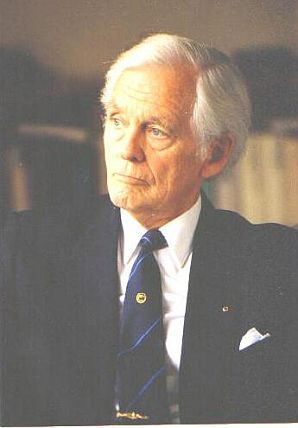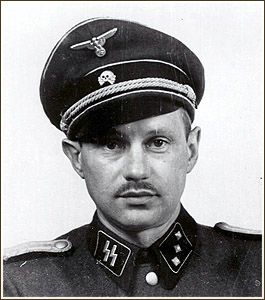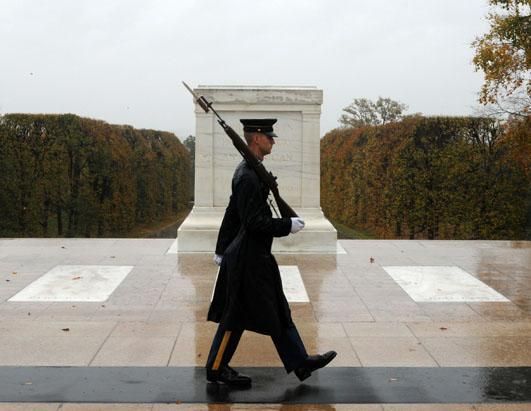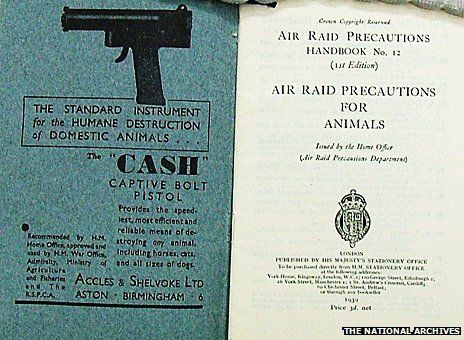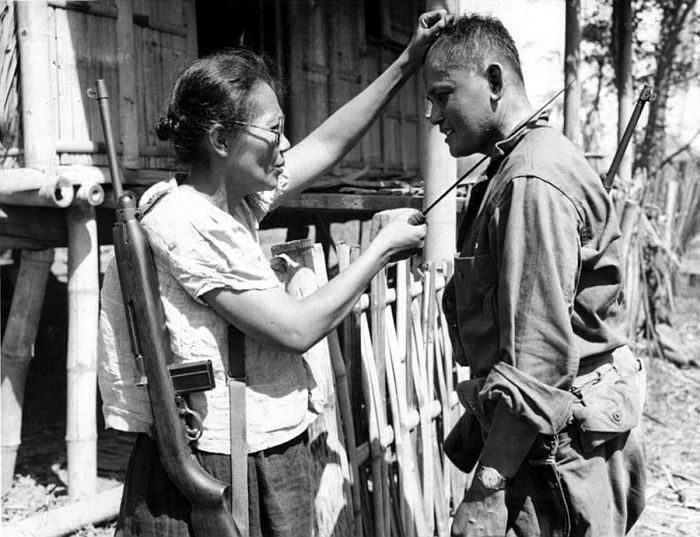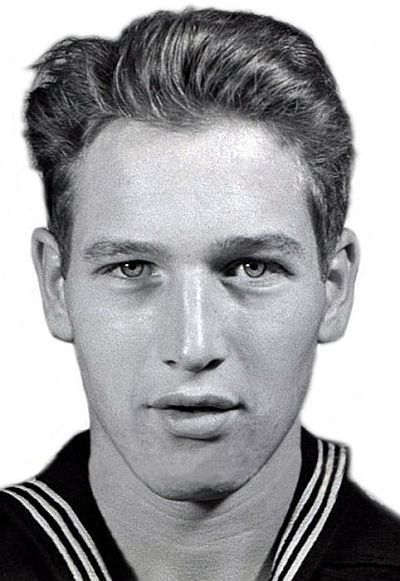A sad story
At the beginning of WW2, a government pamphlet led to a massive cull of British pets. As many as 750,000 British pets were killed in just one week.
In the summer of 1939, just before the outbreak of war, the National Air Raid Precautions Animals Committee (NARPAC) was formed. It drafted a notice - Advice to Animal Owners.
The pamphlet said: "If at all possible, send or take your household animals into the country in advance of an emergency." It concluded: "If you cannot place them in the care of neighbours, it really is kindest to have them destroyed."
In the first few days of war, PDSA hospitals and dispensaries were overwhelmed by owners bringing their pets for destruction. PDSA founder Maria Dickin reported: "Our technical officers called upon to perform this unhappy duty will never forget the tragedy of those days."
The first bombing of London in September 1940 prompted more pet owners to rush to have their pets destroyed.
Many people panicked, but others tried to restore calm. "Putting your pets to sleep is a very tragic decision. Do not take it before it is absolutely necessary," urged in the Daily Mirror.
Historian Hilda Kean says that it was just another way of signifying that war had begun. "It was one of things people had to do when the news came - evacuate the children, put up the blackout curtains, kill the cat."
It was the lack of food, not bombs, that posed the biggest threat to wartime pets. There was no food ration for cats and dogs.
In the middle of the pet-culling mayhem, some people tried desperately to intervene. The Duchess of Hamilton - both wealthy and a cat lover - rushed from Scotland to London with her own statement to be broadcast on the BBC. "Homes in the country urgently required for those dogs and cats which must otherwise be left behind to starve to death or be shot."
Nina Mary Benita Douglas-Hamilton, Duchess of Hamilton
"Being a duchess she had a bit of money and established an animal sanctuary," says historian Kean. The "sanctuary" was a heated aerodrome in Ferne. The duchess sent her staff out to rescue pets from the East End of London. Hundreds and hundreds of animals were taken back initially to her home in St John's Wood. She apologised to the neighbours who complained about the barking.
Also "Animal charities, the PDSA, the RSPCA and vets were all opposed to the killing of pets and very concerned about people just dumping animals on their doorsteps at the start of the war," says historian Hilda Kean.
Battersea Dogs and Cats Home opened its doors in 1860 and survived both wars. "Many people contacted us after the outbreak of war to ask us to euthanise their pets - either because they were going off to war, they were bombed, or they could no longer afford to keep them during rationing."
An RAF serviceman delivers a stray to Battersea
"Battersea actually advised against taking such drastic measures. Then manager Edward Healey-Tutt wrote to people asking them not to be too hasty."
The story is not more widely known because it was a difficult story to tell, says Historian Hilda Kean. "It isn't well known that so many pets were killed because it isn't a nice story, it doesn't fit with this notion of us as a nation of animal lovers. People don't like to remember that at the first sign of war we went out to kill the pussycat," she says.
from:
npg.org.uk
bbc.com
